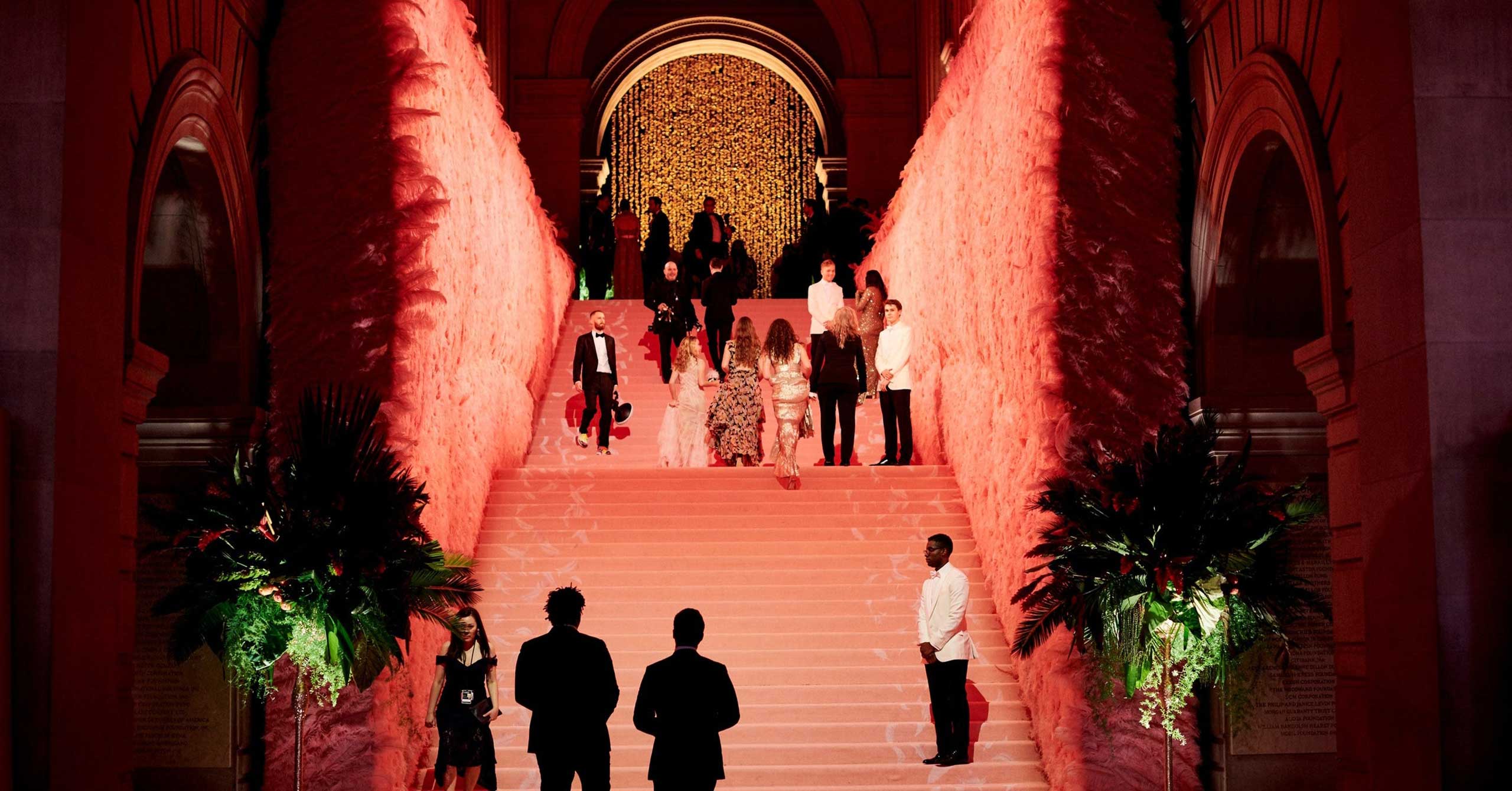Photo: Corey Tenold
Iman and Giorgio Armani, 1995. Photo: Getty Images
One can’t discuss the history of the Met Gala—an event attended by a mesmerizing constellation of stars, dressed in Fashion with a capital F, to raise funds for the Metropolitan Museum of Art’s Costume Institute—without discussing the history of the Costume Institute itself.
Imagine New York in the 1930s. The Whitney Museum of American Art opened on lower Fifth Avenue in 1931, followed by the Museum of the City of New York—in the imposing red-brick building it still calls home—in 1932. At about this time, theater producer Irene Lewisohn and stage designer Aline Bernstein had a thought: If American art and local history had their own museums, where was the cathedral for fashion? Between them, the women had an extensive collection of fashion and reference material that was used for theatrical productions and research, and they understood the unending potential of public access to their holdings.
The Costume Institute began as the Museum of Costume Art, an independent entity formed in 1937. As soon as March 1938, Vogue was advertising lectures on historical fashion hosted by the museum, which was then located at 650 Fifth Avenue, right in Rockefeller Center. A couple of years after cofounder Lewisohn’s death in 1946, the Museum of Costume Art merged with the Metropolitan Museum of Art and, theretofore, was known as the Costume Institute. But unlike other departments of the museum, the Costume Institute was self-funded—enter the Met Gala, or, as it was immediately dubbed, “The Party of the Year.”
The Met Gala, the Early Years
1948–1971
Fashion is nothing without a bit of spin—the twirl of a skirt, sure, but also some canny marketing to help grab attention. Spirited by the promotional genius of fashion’s preeminent PR guru, Eleanor Lambert (responsible for New York Fashion Week, the launch of the Council of Fashion Designers of America, and the esteemed International Best Dressed List), the Costume Institute launched its annual fundraising gala in 1948. Though interest was already high in a party thrown in the name of fashion, Lambert piqued it by calling the event “The Party of the Year.” By default, it was unmissable.
The first Party of the Year was arranged as a midnight supper in the fall—not on the first Monday in May—and was not hosted at the Met. Over the next several decades, its venue would shift from Rockefeller Center’s Rainbow Room to the Waldorf Astoria.

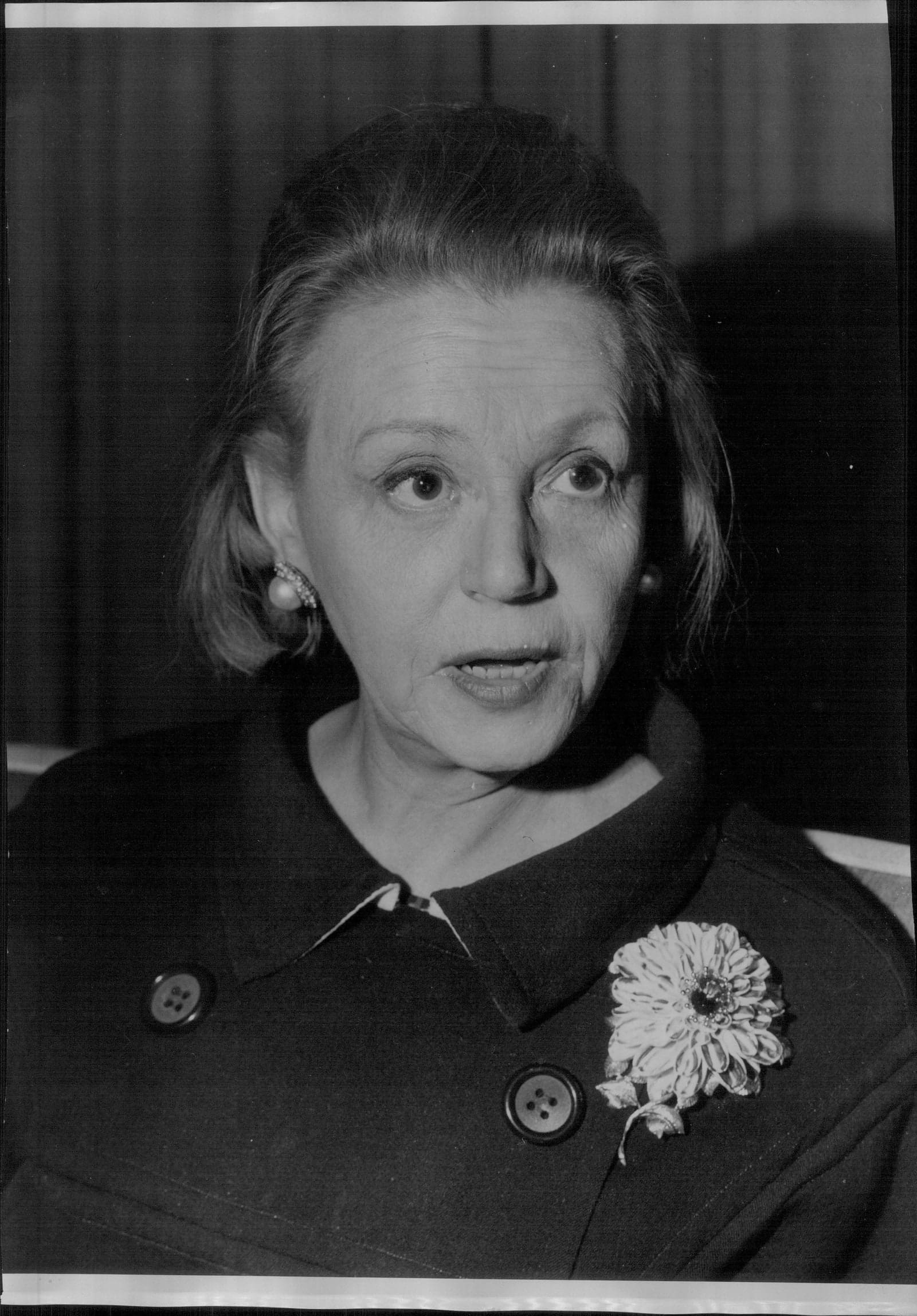
Only Women’s Wear Daily covered the event until 1958. To drum up excitement around the first-ever Party of the Year, in October 1948, WWD published an article titled “Benefit Party for Costume Institute Set: Affair Nov. 18 to Mark First Gala Get-Together of Fashion Industry—25 Branches Represented.” The cost to attend the shindig? $50. “For a long time it has been said that the fashion industry should have one big get-together each year…the committee hopes that this party will become an annual event as important as the Beaux Arts ball used to be,” Lambert told the publication.
Little did she know just how important the event would become. By 1958, the Costume Institute had expanded its footprint at the Met—making the annual gala even more essential.
The Met Gala, the Vreeland Years
1972–1987
In 1972, Diana Vreeland, the imaginative editor in chief of Vogue from 1963 to 1971, applied her unending creativity to the Costume Institute as a consultant for the Met. The famously extravagant Vreeland had been let go from her position at Vogue, and so she channeled her eccentricities into crafting and curating exhibitions from 1972 to 1989. They tended to be more fantastical than scholarly—and by that same token, she would transform the Party of the Year into an event more fitting of its name.
Her 1973 exhibition, “The World of Balenciaga,” garnered much attention. Opening a year after the master couturier’s death, the show was an ode to his decades-long career; Vreeland even spritzed Balenciaga perfume throughout the galleries. That same year, the party really took off: Not only did it now take place at the museum itself (specifically, the Medieval Sculpture Hall), but Oscar de la Renta designed the tablecloths for the dinner of pâté, potage, blanquette de veau, salad, and Brie, as reported by The New York Times.
In later years, Vreeland also called upon her anyone-who’s-anyone Rolodex to amplify the event. Jacqueline Kennedy Onassis served as co-chair of the gala in both 1976 and 1977, and legendary interior designer Billy Baldwin was tasked with handling the decor.

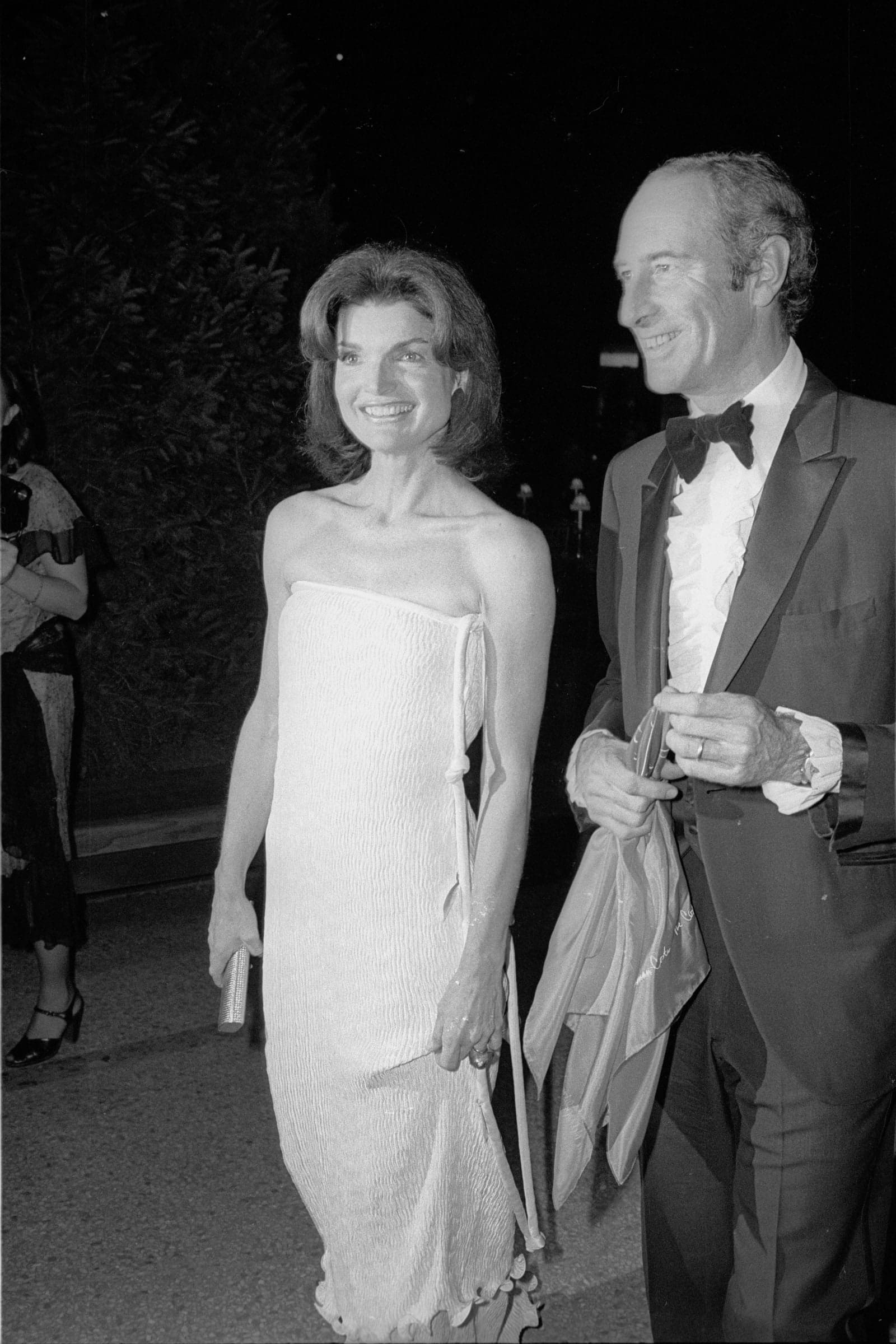
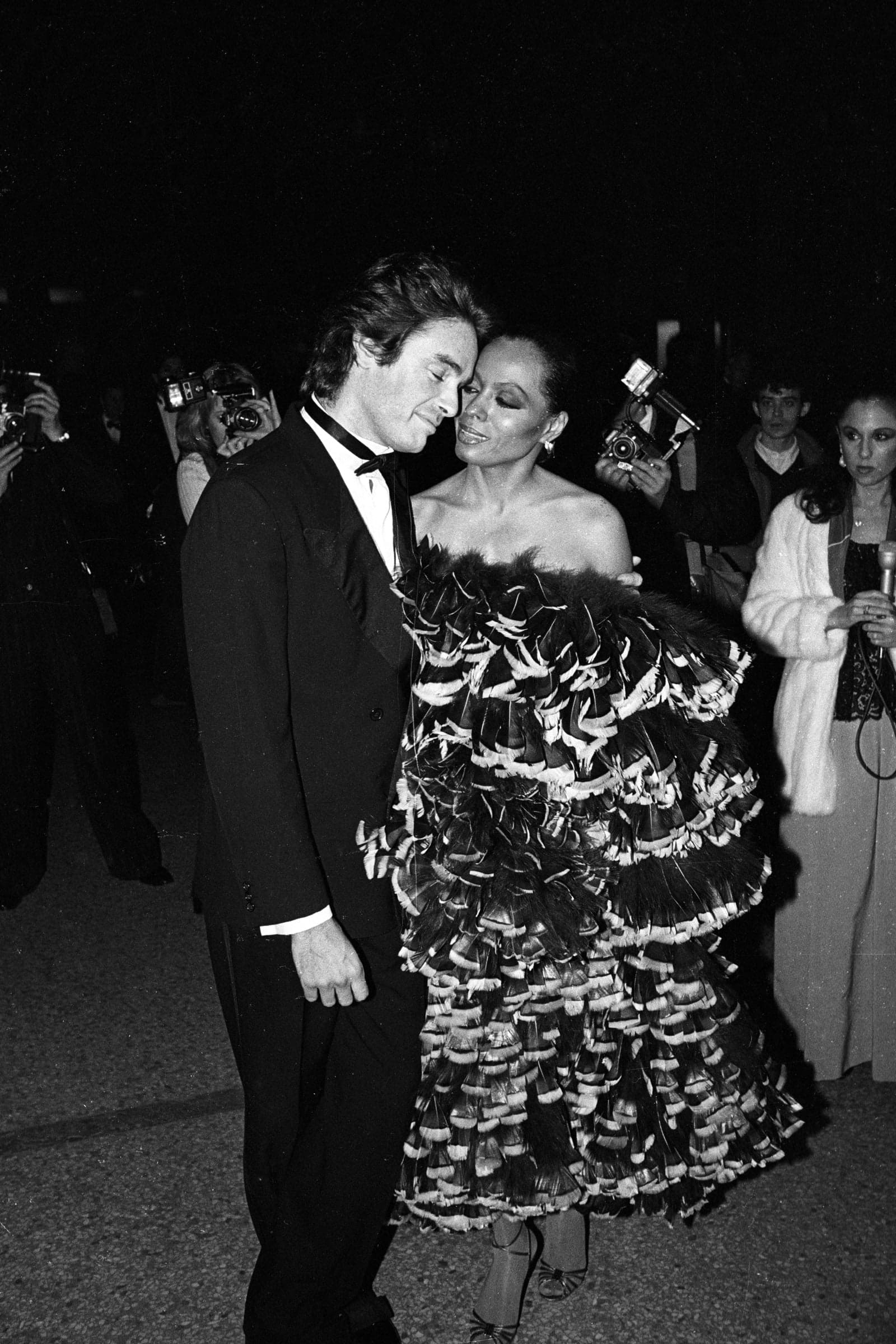
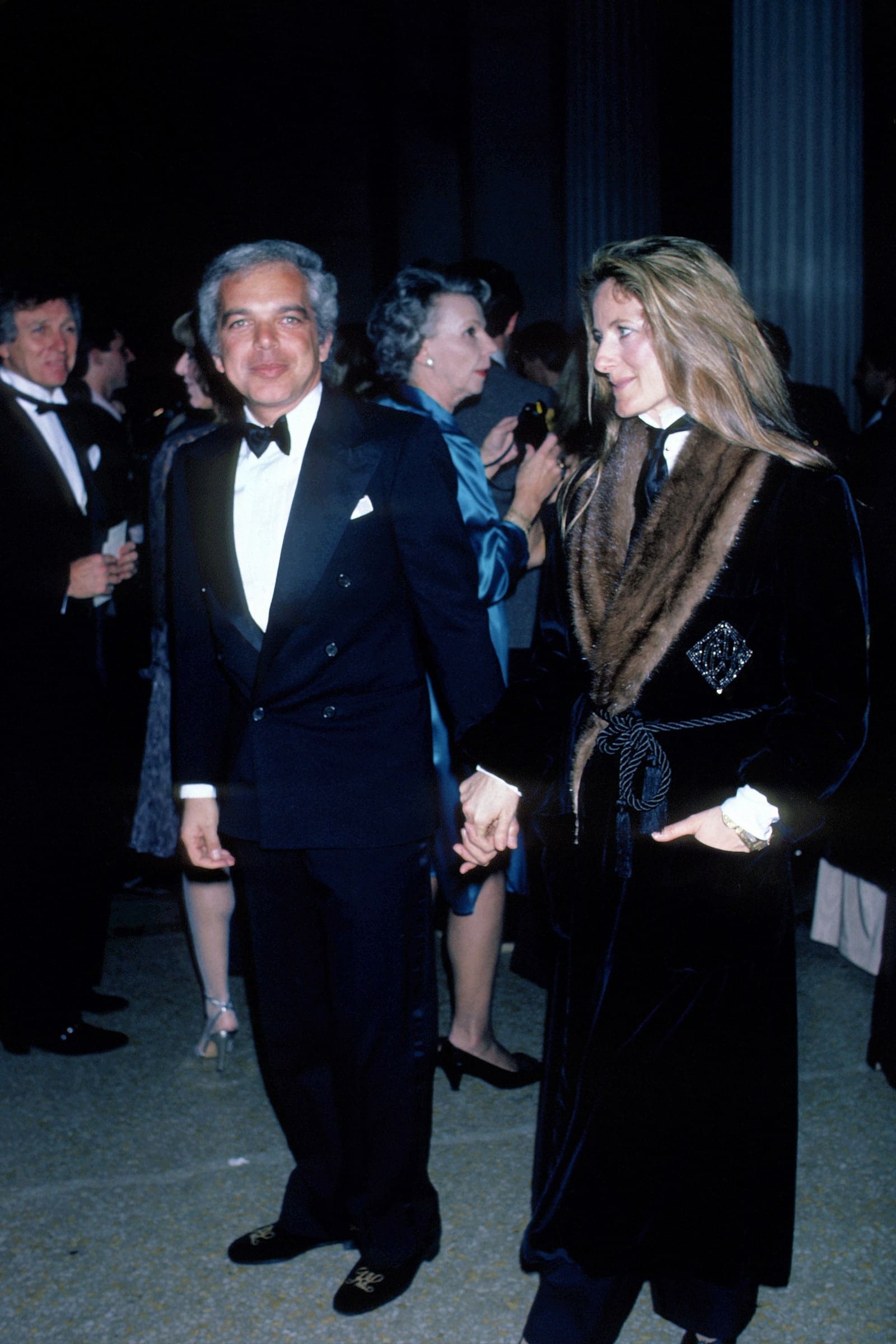
The final Costume Institute exhibition curated by Vreeland—before, that responsibility went to fashion scholars and the Met’s own curators—was 1986’s “Dance.” In 1987, the exhibition “In Style: Celebrating Fifty Years of the Costume Institute” celebrated 50 years of the Institute, and the gala in December honored Ms. Vreeland and her many contributions to the department—though Vreeland herself was notably absent. (She would pass away in 1989.)
- 1971: “Fashion Plate”
- 1972: “Untailored Garments”
- 1973: “The World of Balenciaga”
- 1974: “Romantic and Glamorous Hollywood Design”
- 1975: “American Women of Style”
- 1976: “The Glory of Russian Costume”
- 1977: “Vanity Fair: A Treasure Trove”
- 1978: “Diaghilev: Costumes and Designs of the Ballets Russes”
- 1979: “Fashions of the Habsburg Era: Austria-Hungary”
- 1980: “The Manchu Dragon: Costumes of China, the Chi’ng Dynasty”
- 1981: “The Eighteenth-Century Woman”
- 1982: “Le Belle Époque”
- 1983: “Yves Saint Laurent: 25 Years of Design”
- 1984: “Man and the Horse”
- 1985: “Costumes of Royal India”
- 1986: “Dance”
- 1987: “In Style: Celebrating Fifty Years of the Costume Institute”
The Met Gala, the Pat Buckley Years
1988–1995
It didn’t take long for the Canadian-born Pat Buckley to leave a distinct mark on Manhattan. The socialite was involved with several charitable causes, most notably the Costume Institute; during the period when Vreeland was consulting, curating, and hosting the Party of the Year, Buckley was also involved, serving as co-chair of the gala from 1979 to 1994. The press, however, was quick to note that Buckley didn’t quite have Vreeland’s panache (though few did). As WWD mused in 1998, “Can the Metropolitan Museum’s Costume Institute survive without Diana Vreeland’s magic touch?” At the time, people were divided on fashion theory versus fashion fantasy. In Vreeland’s wake, with the exhibition now handed over to scholars, could the gala garner the same interest?
Caroline Goldthorpe, a curatorial assistant at the Institute, curated 1988’s, and by 1989, Richard Martin had been brought on as head of the Costume Institute, with Harold Koda supporting. Martin helmed the department until his death in 1999.
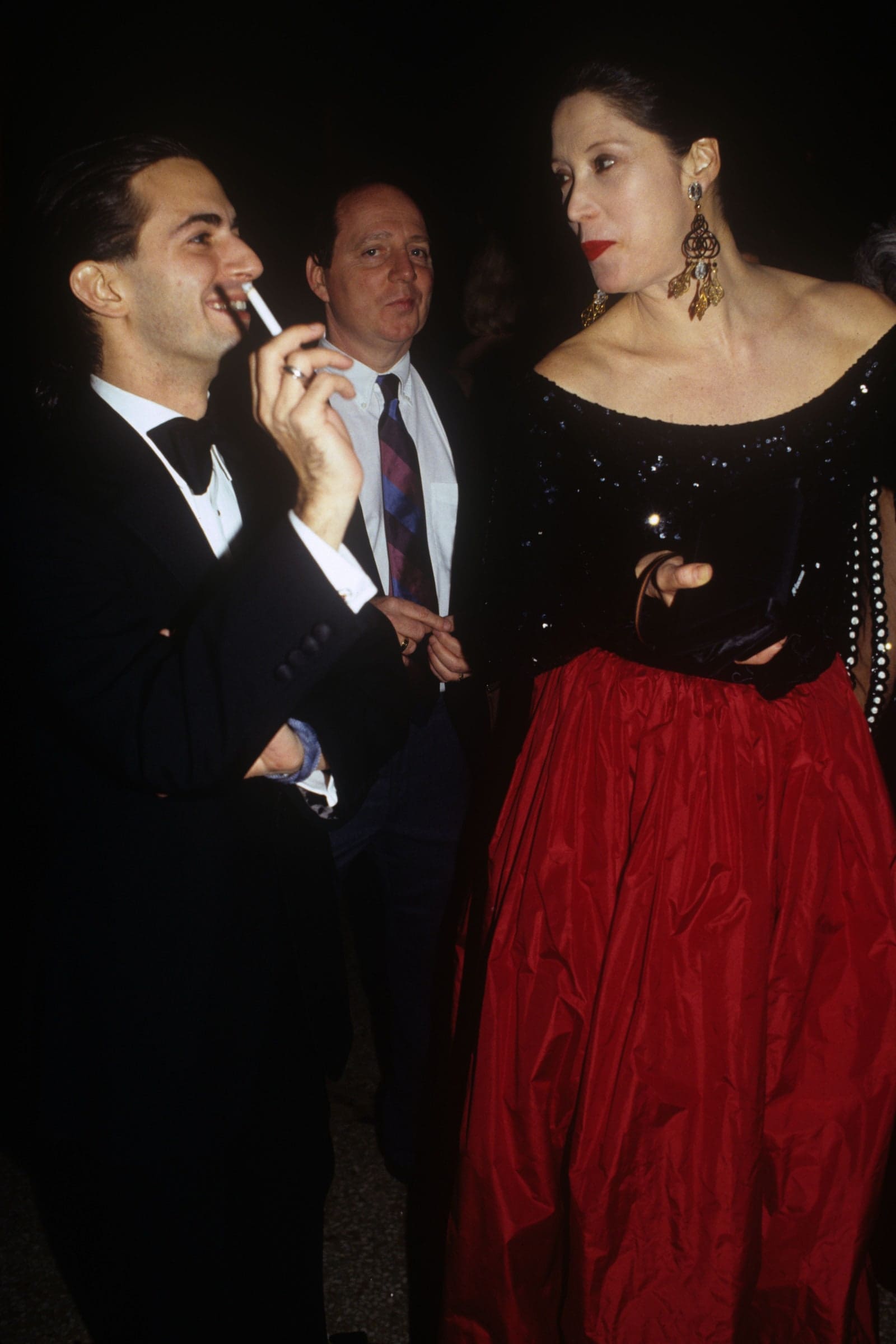



Designers came out to the 1988 gala in droves, among them Adolfo, Marc Jacobs, Louis Dell’Olio, Donna Karan, Victor Costa (from Dallas), Geoffrey Beene, Mary McFadden, Calvin Klein, Alexander Julian, Zandra Rhodes (from London), Michael Kors, and Bob Mackie. Under Buckley’s patronage, a ticketed on-site after-party was also open to the public—a brilliant maneuver that allowed anyone to be a part of the night.
- 1988: “From Queen to Empress: Victorian Dress 1837–1877”
- 1989: “The Age of Napoleon: Costume Ffrom Revolution to Empire, 1789–1815”
- 1990: “Théâtre de la Mode – Fashion Dolls: The Survival of Haute Couture”
- 1991: Gala held, but no exhibition
- 1992: “Fashion and History: A Dialogue”
- 1993: “Diana Vreeland: Immoderate Style”
- 1994: “Orientalism: Visions of the East in Western dress”
The Met Gala, the Anna Wintour Years
1995–Present
The year 1995 marked the first Party of the Year co-chaired by Anna Wintour; she shared duties with Annette de la Renta and Clarissa Bronfman on an evening celebrating the exhibition “Haute Couture.” With Wintour at the helm, the event reflected the pages of Vogue, teeming with models, actors, artists, and musicians—in other words, the individuals dictating American (and international) culture. Flipping through 1995’s party snapshots, one encounters the likes of Karl Lagerfeld, Gianni Versace, Kate Moss, Naomi Campbell, Calvin Klein, Brandy, Sarah Jessica Parker, and Minnie Driver.
Excluding the years of 1996 (co-chaired by then Harper’s Bazaar editor in chief Liz Tilberis) and 1998 (co-chaired by Miuccia Prada, Paula Cussi, and Pia Getty), Wintour has co-chaired every gala since, pumping star power, imaginative grandeur, and the might of Vogue into the event. With each passing year, as global interest in the event grew, Vogue brought its readers closer and closer to being inside the event—well, sort of. What happens at the Met stays at the Met!
By 2001, the Met Gala had assumed its official date, the First Monday in May. Martin’s final exhibition, “Rock Style” in 1999, was followed by a handful of transitional years. There was no gala or exhibition in 2000; in 2001, Vogue’s own Hamish Bowles curated “Jacqueline Kennedy: The White House Years”; and there was no gala or exhibition in 2002. But things were back to normal again in 2003, with Harold Koda now heading up the department. He would eventually be succeeded by Andrew Bolton, who joined the museum in 2002 and became head curator of the Costume Institute in 2016.
If one particular gala marked a turning point, it was 2004’s “Dangerous Liaisons: Fashion and Furniture in the 18th Century,” which saw Amber Valletta take the theme to heart in her own 18th-century pouf hairstyle and a John Galliano skirt that winked at the puckers of a robe à la française. Soon after, highly specific dress codes were delineated on invitations sent out by Vogue’s special events department.
In 2010, Lady Gaga kicked off the surprise post-dinner performance tradition: Katy Perry, The Weeknd, Frank Ocean, Rihanna, Madonna, and more followed suit. Rihanna singing “Bitch Better Have My Money” on top of a table, and Madonna descending the Great Hall steps to chanting monks before removing a monastic cloak and belting “Like a Prayer,” go down as among the greatest Met moments ever.
These hush-hush happenings (guests never know who’s about to take the stage!) are meant to be enjoyed by gala-goers and gala-goers alone—press and photographers inside the event are very limited. But that’s where the red carpet comes in! A performance in and of itself, the stars’ ascendance to the party is the one portion of the event (formatted like this: a tour of the exhibition, cocktails, dinner, speeches, performance, and fin!) that the public can freely see.
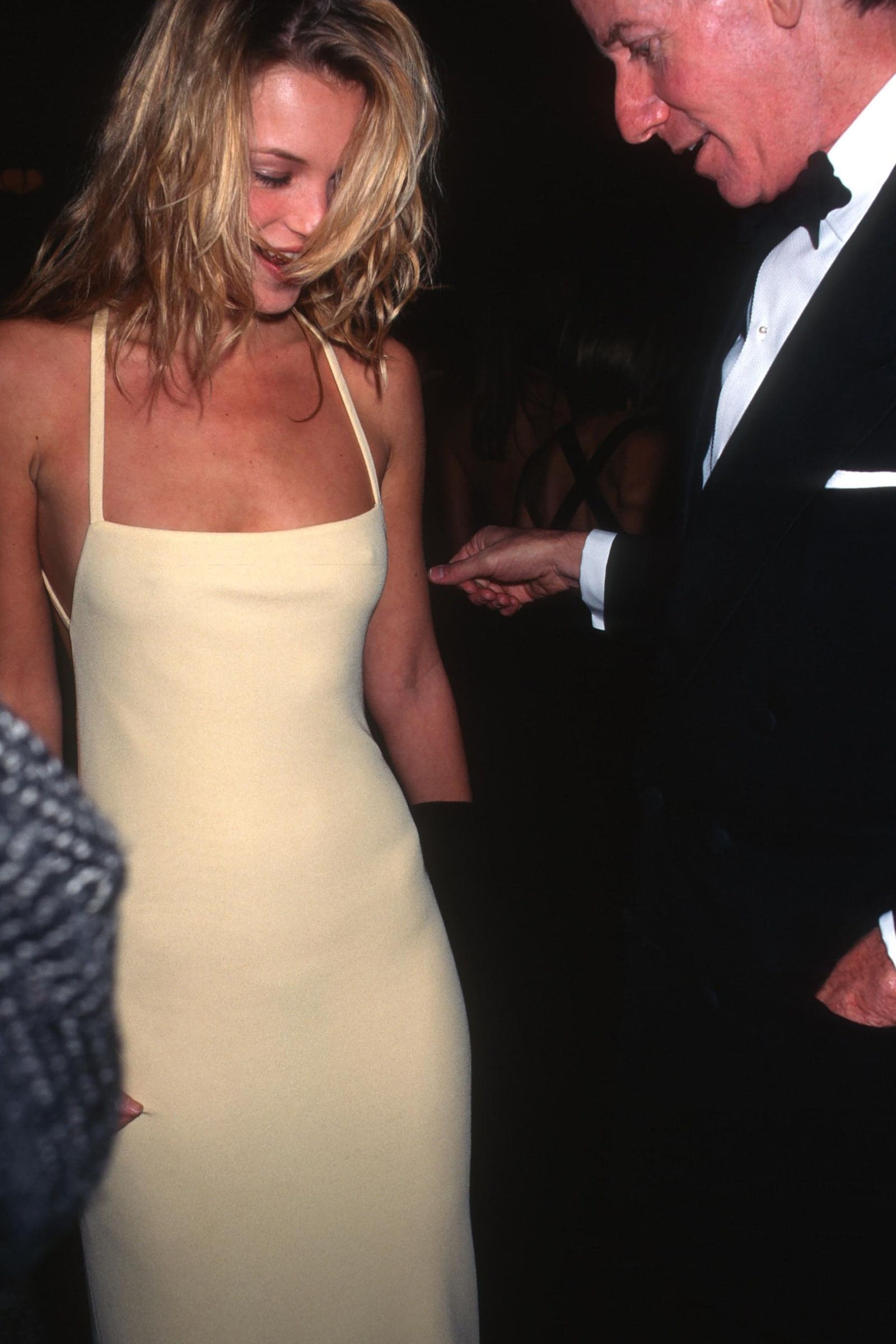
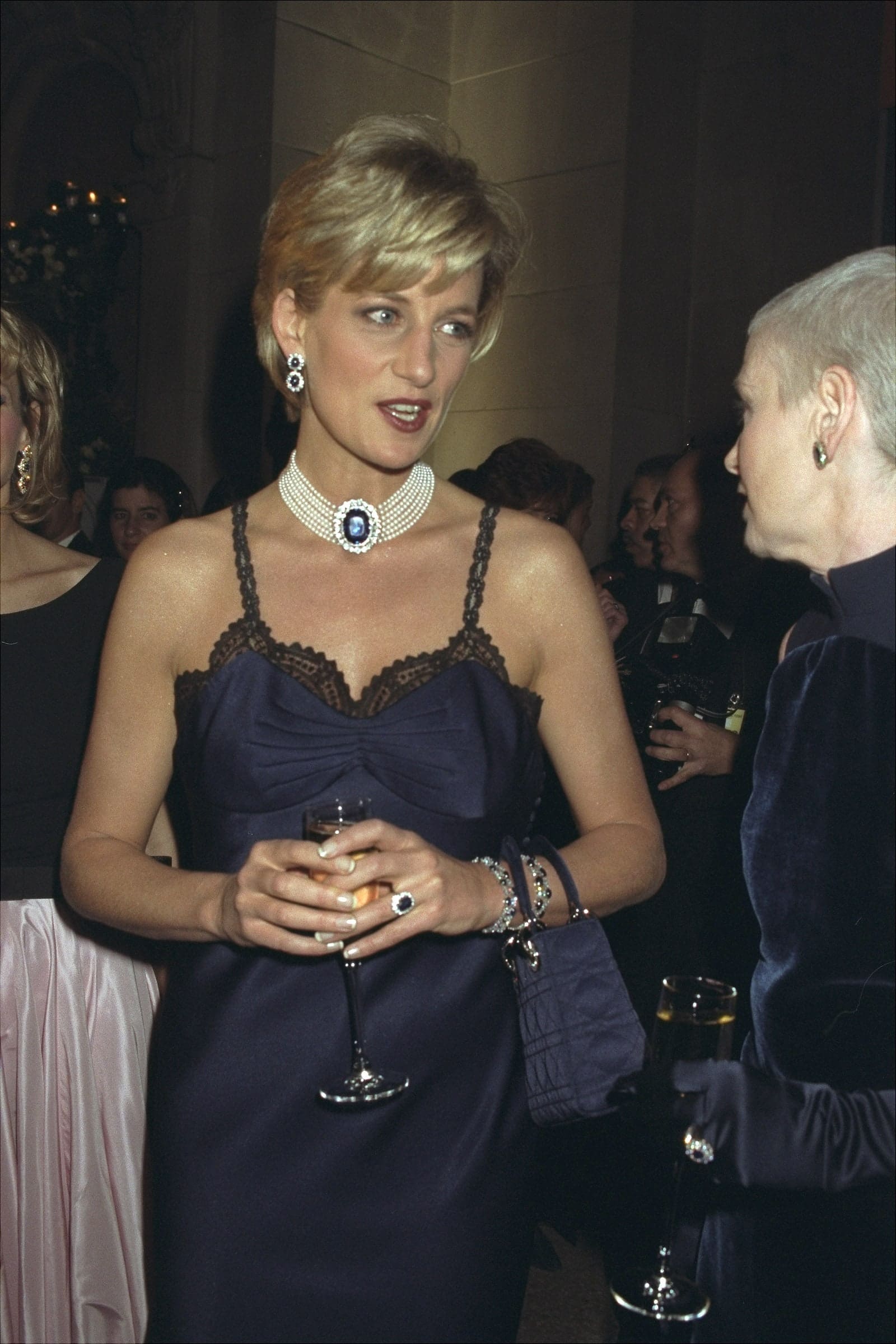
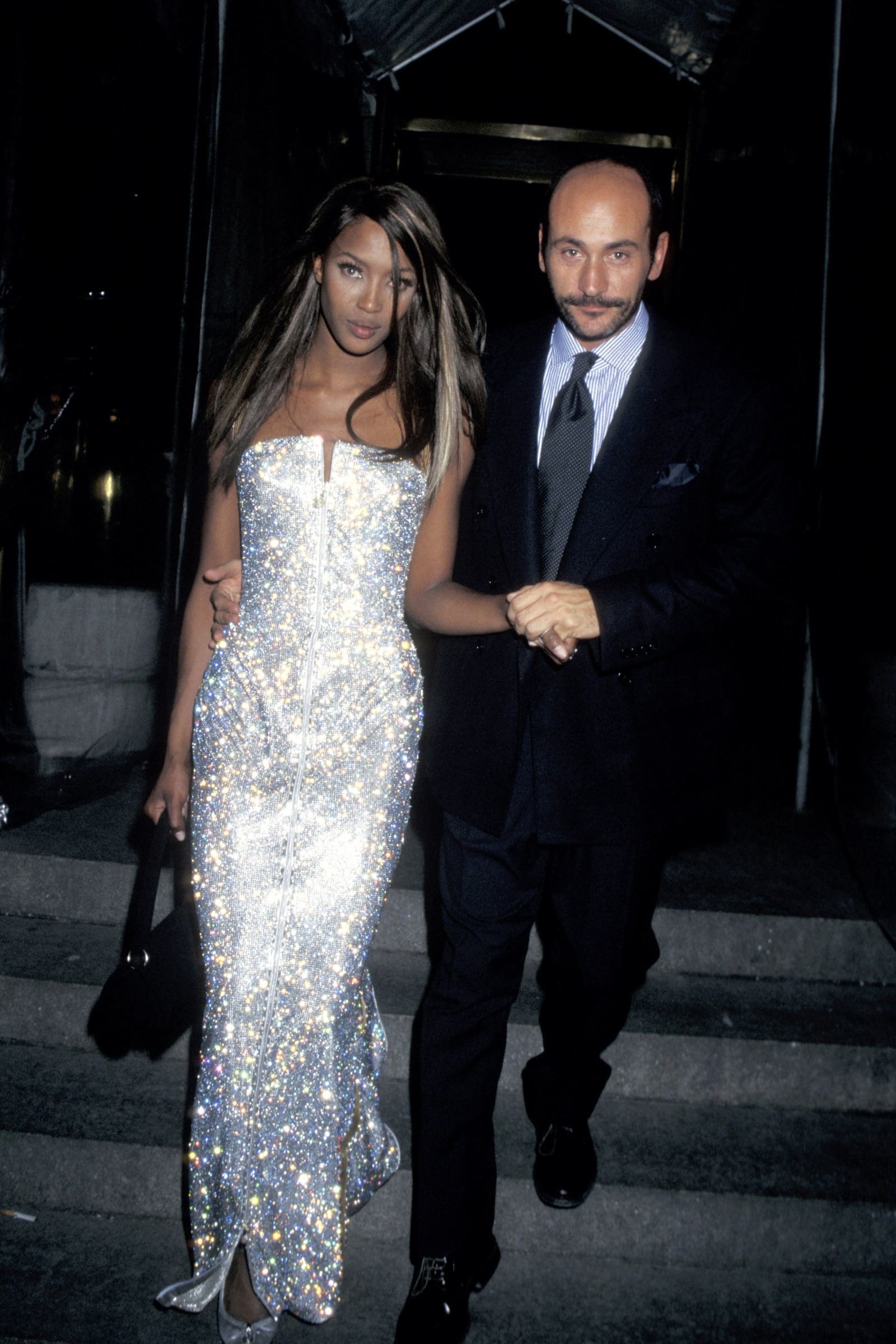

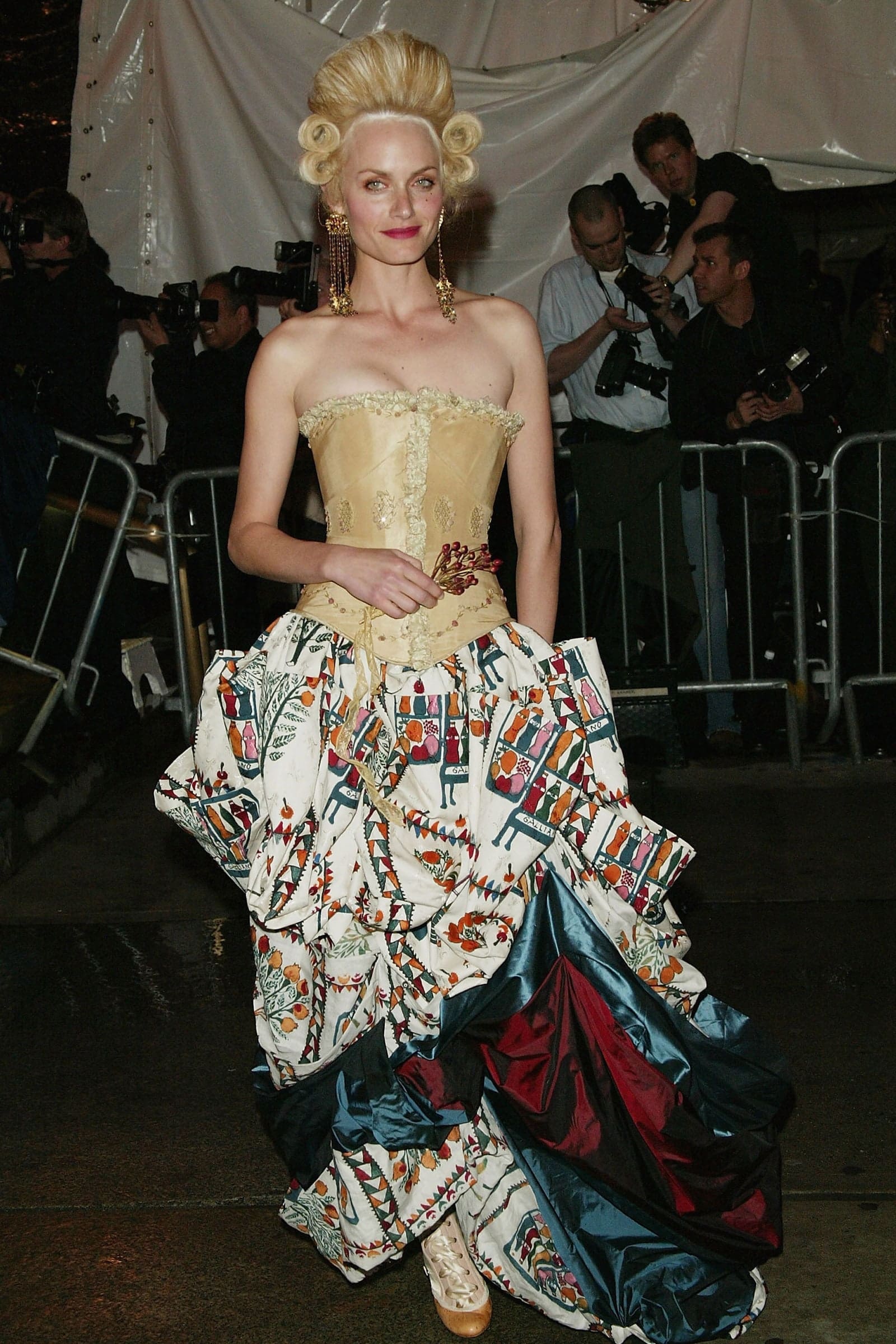

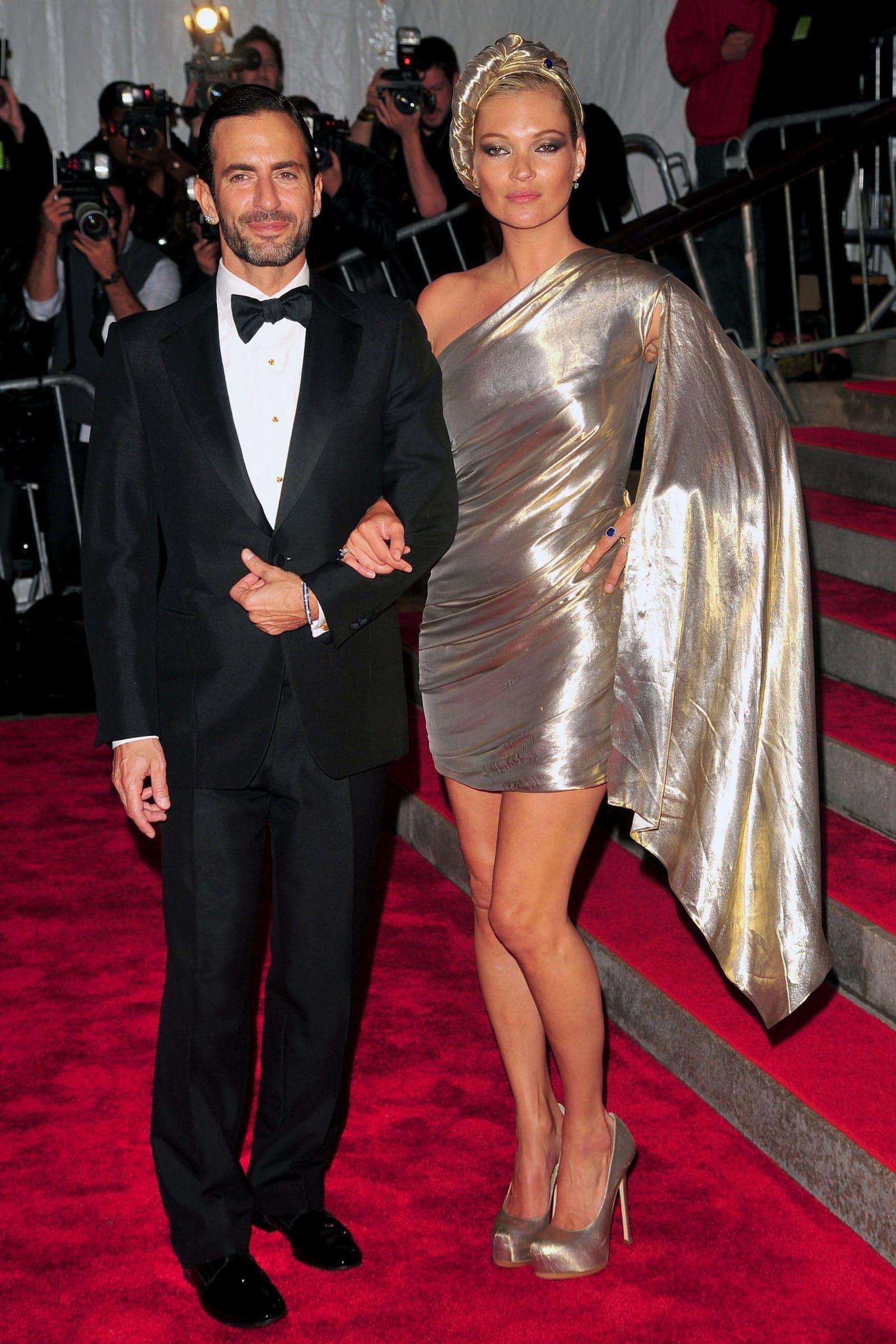



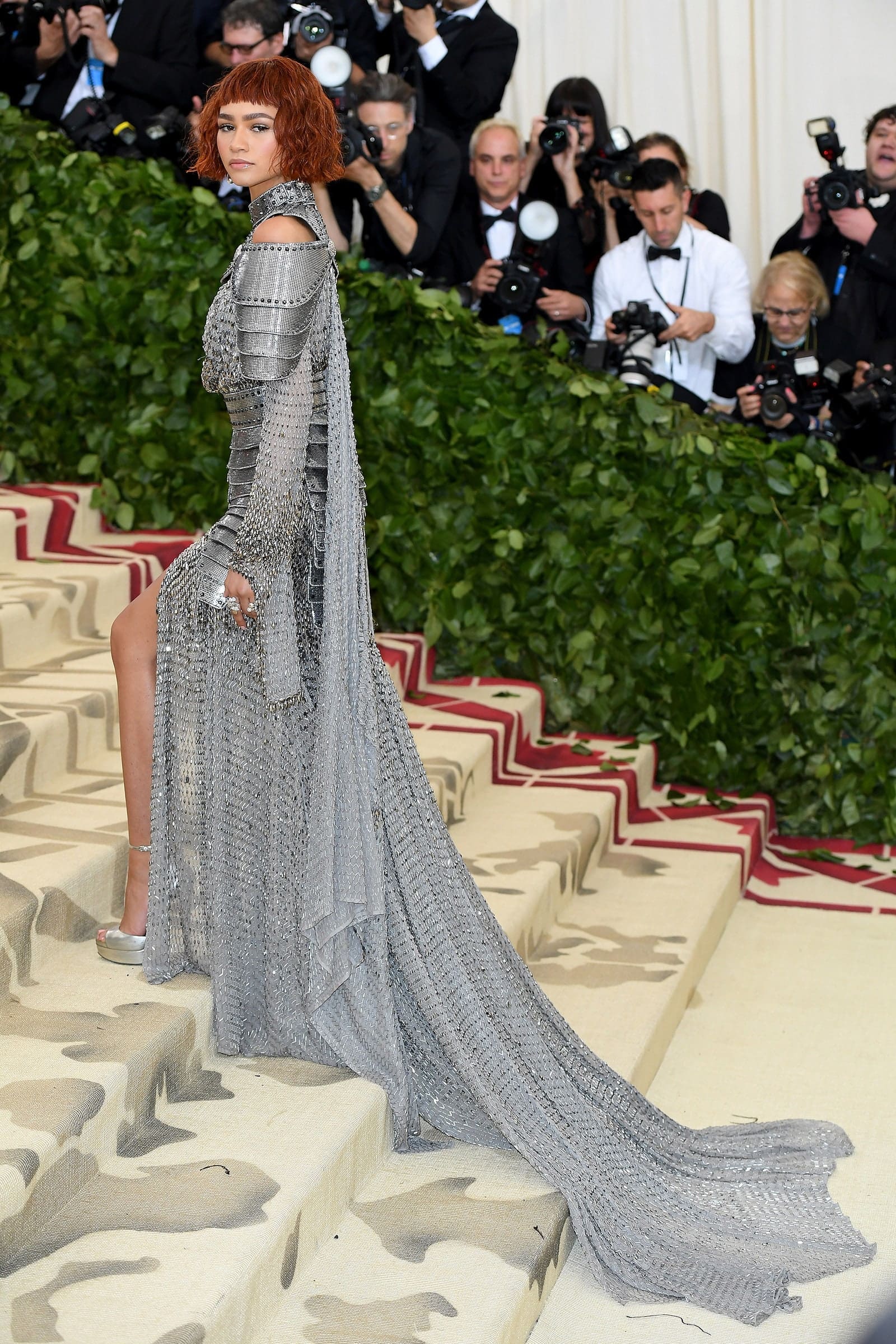
By 2021, when the gala took place in September due to the COVID-19 pandemic, the red carpet was livestreamed by Vogue for the first time, satisfying the public’s appetite to get real-time views of fashion’s most famous red carpet.
All the while, the event—which, lest you forget, is a fundraiser—has been a smashing success: Last year’s gala raised a whopping $22 million. Party of the Year, indeed.
- 1995: “Haute Couture”
- 1996: “Christian Dior”
- 1997: “Gianni Versace”
- 1998: “Cubism and Fashion”
- 1999: “Rock Style”
- 2000: No costume exhibition presented
- 2001: “Jacqueline Kennedy: The White House Years”
- 2002: No costume exhibition gala presented
- 2003: “Goddess: The Classical Mode”
- 2004: “Dangerous Liaisons: Fashion and Furniture in the 18th Century”
- 2005: “The House of Chanel”
- 2006: “AngloMania: Tradition and Transgression in British Fashion”
- 2007: “Poiret: King of Fashion”
- 2008: “Superheroes: Fashion and Fantasy”
- 2009: “The Model as Muse: Embodying Fashion”
- 2010: “American Woman: Fashioning a National Identity”
- 2011: “Alexander McQueen: Savage Beauty”
- 2012: “Schiaparelli and Prada: Impossible Conversations”
- 2013: “Punk: Chaos to Couture”
- 2014: “Charles James: Beyond Fashion”
- 2015: “China: Through the Looking Glass”
- 2016: “Manus x Machina: Fashion In an Age of Technology”
- 2017: “Rei Kawakubo/Comme des Garçons: Art of the In-Between”
- 2018: “Heavenly Bodies: Fashion and the Catholic Imagination”
- 2019: “Camp: Notes on Fashion”
- 2020: “About Time: Fashion and Duration” and no gala presented
- 2021 “In America: A Lexicon of Fashion”
- 2022 “In America: An Anthology of Fashion”
- 2023 “Karl Lagerfeld: A Line of Beauty”
- 2024 “Sleeping Beauties: Reawakening Fashion”
Four years ago, to mark the museum’s 150th anniversary, Vogue’s international editor at large, Hamish Bowles, narrated a full history of the Met Gala and the Costume Institute. Revisit it below.
Edited by: Charlie Denholm
Starring: Hamish Bowles
Additional Edit: Dylan Blau
Photo Research: Landon Phillips, Tim Herzog
Vogue Video Team: Kimberly Arms, Max Bartick, Rachel Cantor, Marina Cukeric, Anna Page Nadin, Naomi Nishi, Robert Semmer, Sam Sussman, Maya Tanaka, Emily Yates
Postproduction Manager: Marco Glinblizzi
Archive: Annie Leibovitz / Vogue, Arthur Elgort / Vogue, Bert Stern / Vogue, Condé Nast Archives, Corey Tenold / Vogue, Courtesy of The Metropolitan Museum of Art, David Bailey / Vogue, Eric Boman / Conde Nast, Ernst Beadle / Vogue, Evan Sung / Vogue, Frances McLaughlin-Gill / Vogue, Francesco Scavullo / Vogue, Gianni Penati / Vogue, Hannah Thomson / Vogue, Henri Cartier-Bresson / Magnum Photos, Harry Benson / Vogue, Herb Ritts / Vogue, Horst P. Horst / Vogue, Irving Penn / Vogue, Michael Lisnet / Vogue, The New York Times Archives, Richard Rutledge / Glamour, Richard Rutledge / Vogue, Robert Fairer / Vogue, Steven Meisel / Vogue, Taylor Jewell / Vogue
This article was originally published on Vogue.com.
